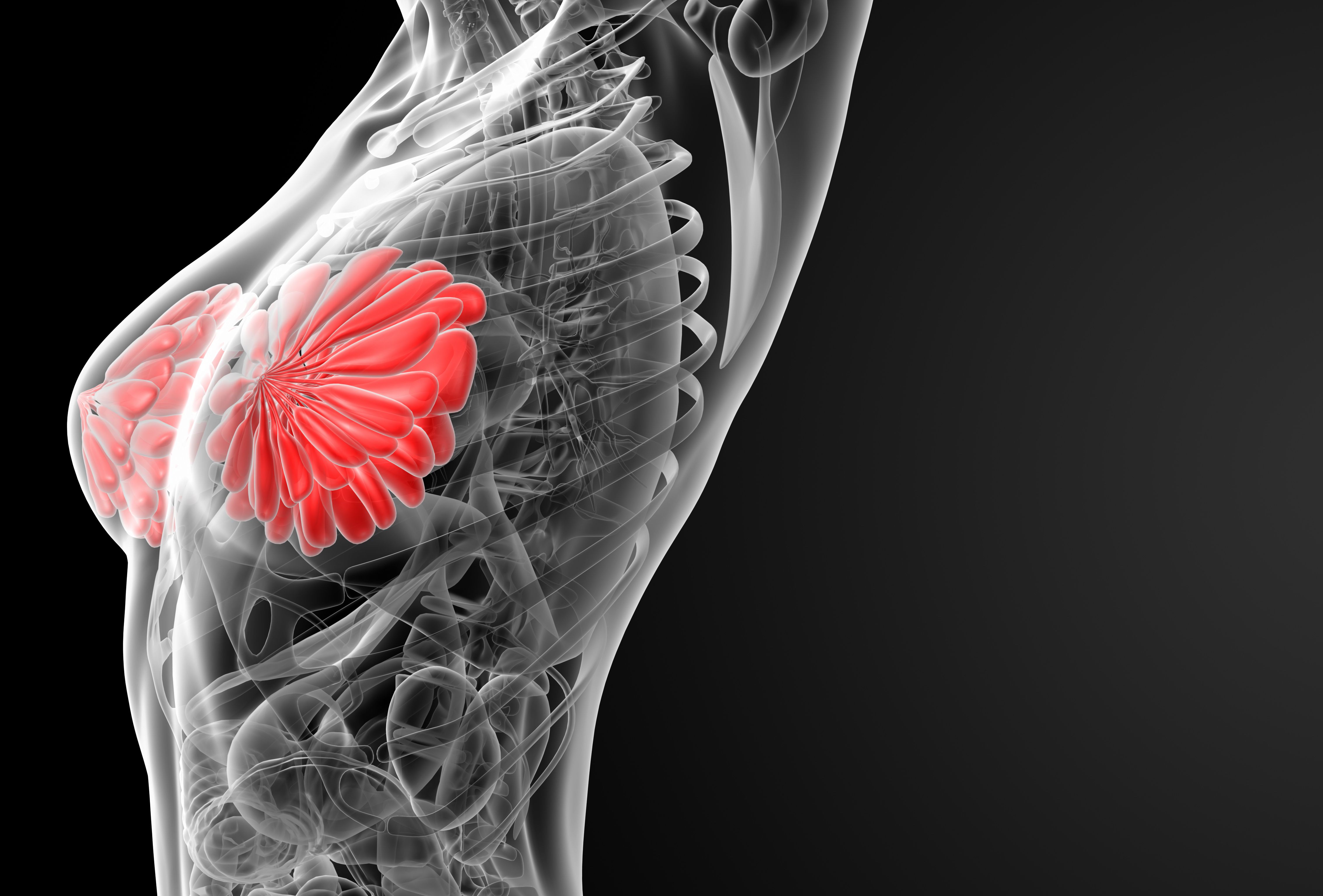
“The findings challenge past, smaller studies that found Black women face a greater genetic risk [for breast cancer] and the suggestion that race should be an independent factor when considering genetic testing,” said first author Susan Domchek, MD, executive director of the Basser Center for BRCA.2
Investigators studied 3946 Black and 25278 non-Hispanic White women, with 5.6% and 5.06%, respectively, found to have 1 of 12 genes linked to breast cancer. The study looked at the main PVs in genes, tumor estrogen receptor (ER) status, and age.
PVs in 3 different genes—CHEK2, BRCA2, and PALB2—were found to be the most statistically different between the two races. For CHEK2, non-Hispanic White women were more likely to have PVs than Black women (1.29% vs 0.38%; P < .001). For BRCA2, Black women were more likely to have PVs than non-Hispanic White women (1.80% vs 1.24%; P = .005); in PALB2, more PVs were noted in Black women (1.01% vs 0.40%; P < .001).
In ER-positive breast cancer, Black women were more likely to have BRCA2 (1.56% vs 1.05%; P = .04) and were less likely to have CHEK2 (0.46% vs 1.36%; P < .001) PVs compared with white women. There was a higher prevalence of PALB2 PVs in Black vs non-Hispanic women with ER-negative breast cancer (1.83% vs 0.95%; P = .04) and triple-negative breast cancer (2.79% vs 1.23%; P = .05). BRCA1, BRCA2, and PALB2 accounted for 75% of PVs in ER-negative cases, at rates of 81.3% in Black women and 77.0% in non-Hispanic White women.
The investigators found that there was no difference in rates of PVs by age of diagnosis before 50 years (8.83% of Black vs 10.04% of non-Hispanic White women; P = .25). CHEK2 was more likely to occur in non-Hispanic White women than Black women diagnosed under the age of 50 (1.82 vs 0.43; P <.001). Adjusting for age, it was found the prevalence ration was 1.08 for the comparison of non-Hispanic and Black women (1.08; 95% CI, 1.02-1.14). In PALB2, there was a higher standardized prevalence ratio for PVs in Black women (.40; 95% CI, 0.33-0.38) whereas CHEK2 had a lower prevalence (3.35; 95% CI, 3.01-3.74) by age.
After age adjustment, there was no longer a prevalence difference found for BRCA2, with a standardized ratio of 0.91 (95% CI, 0.81-1.01). Notably, 4 PVs of ATM, BRCA1, RAD51D, and TP53 showed significant association with ethnicity when age was adjusted, whereas no such correlation was seen previously.
Investigators noted that one limitation of this study was unknown family history of patients. They also had a very small group of patients with RAD51C and RAD51D to be able to draw conclusions about prevalence.
“At a time when Black men and women are more likely to be diagnosed with cancer at later stages when it is less treatable, [the Black & BRCA initiative] seeks to empower people to understand their family health history and take action to prevent cancer from one generation to the next,” Domchek said.
References
1. Domchek SM, Yao S, Chen F, et al. Comparison of the prevalence of pathogenic variants in cancer susceptibility genes in black women and non-hispanic white women with breast cancer in the United States. Published online May 27, 2021. JAMA Oncol. doi:10.1001/jamaoncol.2021.1492
2. Black and white women have same mutations linked to breast cancer. News Release. Penn Medicine. June 11, 2021. Accessed June 16, 2021. https://bit.ly/3qfH6qP
"breast" - Google News
June 21, 2021 at 11:06PM
https://ift.tt/3qdaVs1
Black and non-Hispanic White Women Found to Have No Differences in Genetic Risk for Breast Cancer - Cancer Network
"breast" - Google News
https://ift.tt/2ImtPYC
https://ift.tt/2Wle22m
Bagikan Berita Ini














0 Response to "Black and non-Hispanic White Women Found to Have No Differences in Genetic Risk for Breast Cancer - Cancer Network"
Post a Comment